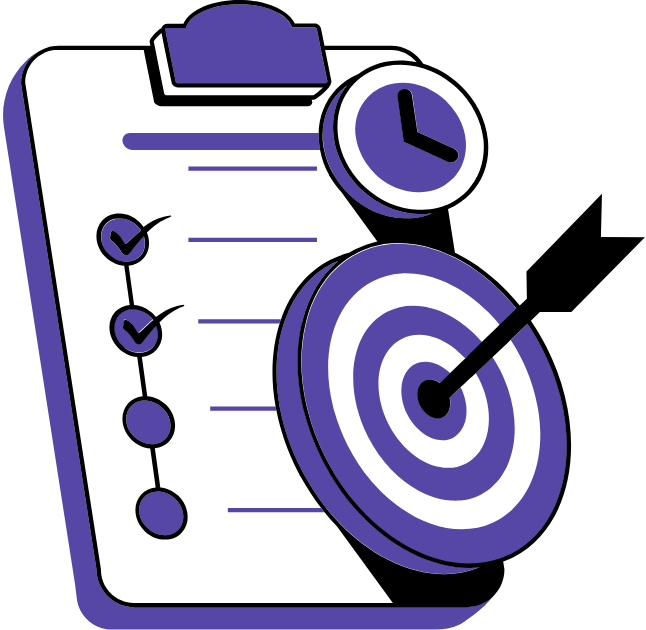Framing and problem definition
Demystifying Decision Science

Howard Friedman
Adjunct Professor at Columbia University
The first step - framing the problem
- First and most critical step
- Guides data collection, analysis, and decision-making
Building without a blueprint:
- Without a clear problem definition, projects become disorganized and ineffective
Without a well-defined problem:
- Wasted resources
- Misdirected analyses
- Failing solutions

5 Whys:
- Repeatedly ask "why" to uncover the root cause
- Example: Declining sales -> Poor service -> Ineffective marketing
Fishbone Diagrams:
- Visual tool that categorizes potential causes
- Common categories: people, process, technology
SMART Goals:
- Frame problems using Specific, Measurable, Achievable, Relevant, and Time-bound criteria
- Helps set clear direction and define success
SMART goals best practices:
- Clearly define your target audience or subject
- Establish measurable criteria for success (e.g., KPIs, specific outcomes)
Context is crucial
Business objective:
- Define the specific goal the decision aims to achieve
- Examples: increase revenue, reduce costs, improve satisfaction, speed up service
Constraints:
- Identify limitations that may impact solutions
- Examples: budget, timeline, staffing, IT infrastructure, ethical concerns
- Stakeholders:
- Recognize who is affected or involved
- Examples: decision-makers, data owners, end users

Let's practice!
Demystifying Decision Science

